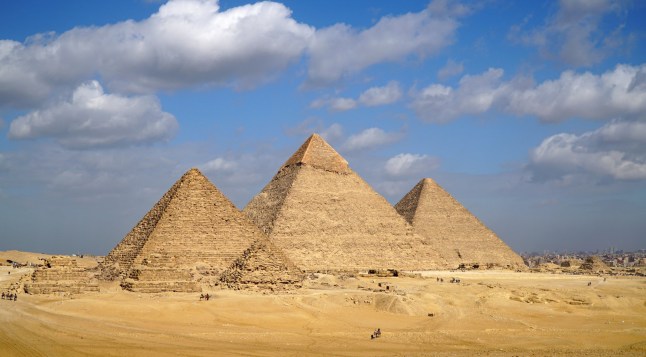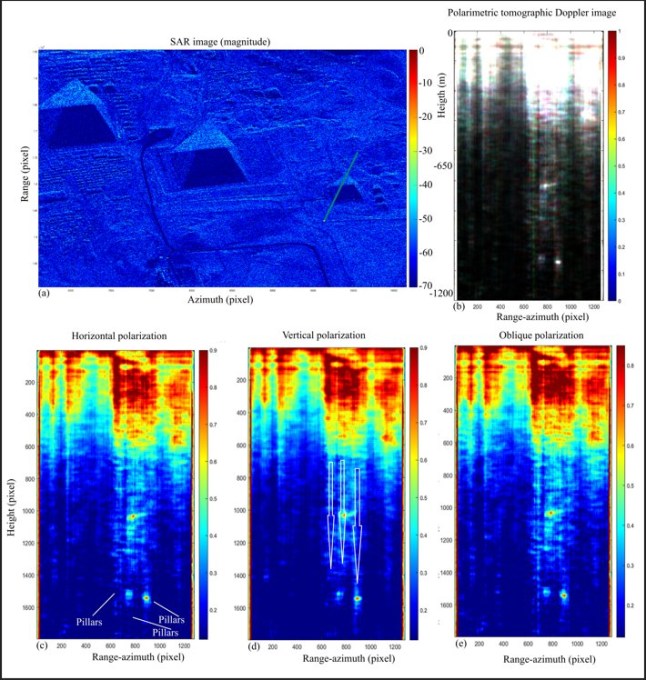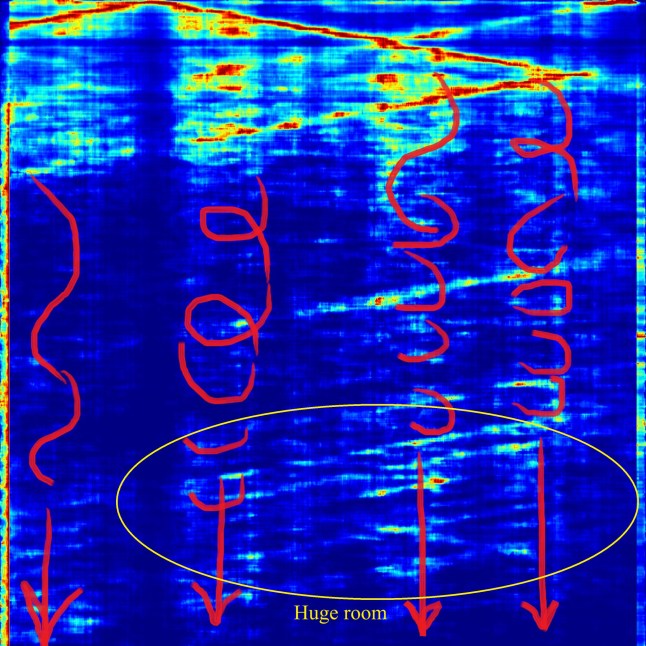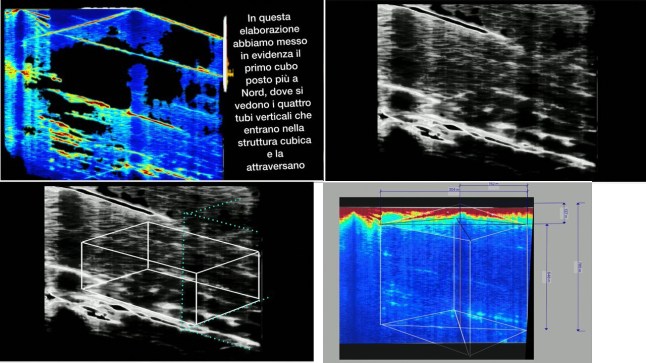
The Pyramids of Giza (Picture: Shutterstock/ErenMotion)
Scientists who claimed earlier this year to have found a massive subterranean city under the Pyramids of Giza now say they have unearthed a second city.
The team of Italian researchers,who claimed they found huge underground structures below the Khafre pyramid in March,now say they’ve found more evidence of a second ‘hidden city’.
These new subterranean structures,apparently found underneath the Mankaure pyramid,could ‘prove’ the existence of a massive subterranean complex which links the three Giza pyramids thousands of feet below the surface.
The announcement sparked controversy amongst archaeologists and Egyptologists,who said the unverified claims are ‘a total scam’ and argued the technology used isn’t able to penetrate deeply enough into the ground.
The Pyramids of Giza,along with the Great Sphinx,are located west of Egypt’s capital Cairo,and the methods used to build the huge structures are still shrouded in mystery thousands of years on.
Filippo Biondi,co-author of the research,told MailOnline their data shows a 90% probability that the Menkaure shares the same pillars as Khafre.

Researchers found pillars similar to those beneath the Khafre pyramid,showing they span thousands of feet below the surface
‘Objective analysis of the tomography data,which,as experimental measurements,strongly indicate that the structures we identified beneath Khafre are also present under Menkaure,’ Filippo said.
‘We firmly believe that the Giza structures are interconnected,reinforcing our view that the pyramids are merely the tip of the iceberg of a colossal underground infrastructural complex.
‘This network likely consists of a dense system of tunnels linking the main subterranean structures.
‘The measurements reveal pillar-like structures with consistent characteristics.
‘Given that Menkaure is smaller than Khafre,we believe the number of pillars is likely even but fewer than those under Khafre.’

The scientists said they found a vast city and structures stretching thousands of feet below the Khafre pyramid
It’s estimated there are eight pillars under Khafre pyramid,which are estimated to be more than 2,000ft long and feature spiral-like structures.
The researchers say finding similar pillars underneath Mankaure pyramid support their theory that a ‘megastructure’ hides thousands of feet underneath the sands.
When asked about the purpose of the hidden structures,Filippo said: ‘At this stage,we’re still gathering information to thoroughly study the matter,but we can confidently say that the operation of this structure likely involves the natural elements: air,water,fire and earth.
‘Discoveries like these under Menkaure challenge us to rethink our understanding of ancient Egyptian history and humanity’s past,opening new perspectives on our origins and capabilities.’
Archaeologists estimate the three Pyramids of Giza are about 4,500 years old,but Filippo and his team theorise these pillar structures could have been built by a lost ancient civilisation about 38,000 years ago.
They suggest a highly advanced prehistoric society was wiped out by a global cataclysm,possibly caused by a comet impact,around 12,800 years ago.

The said the technology captured enormous chambers (pictured) in the middle of the shaft
But some have drawn comparison to conspiracy theories that it was in fact aliens who built the pyramids.
Right now these claims are unverified,and have not been published in any archaeological journals or peer reviewed – which means many experts are warning they should be taken with a pinch of salt.
It’s widely accepted that the only way to prove the existence of the pillars is for targeted digs to take place underneath the pyramids.
Speaking when the first ‘underground city’ was discovered,Monica Hanna,a top Egyptologist and dean at the Arab Academy for Science,Technology & Maritime Transport,told Metro: ‘It is totally unfounded. A total scam.’
Professor Lawrence Conyers,a radar expert at the University of Denver,said the technology used by the researchers isn’t able to penetrate deeply enough into the ground.
He added: ‘My take is that as long as authors are not making things up and that their basic methods are correct,their interpretations should be given a look by all who care about the site.
‘We can quibble about interpretations,and that is called science. But the basic methods need to be solid.’
United News - unews.co.za